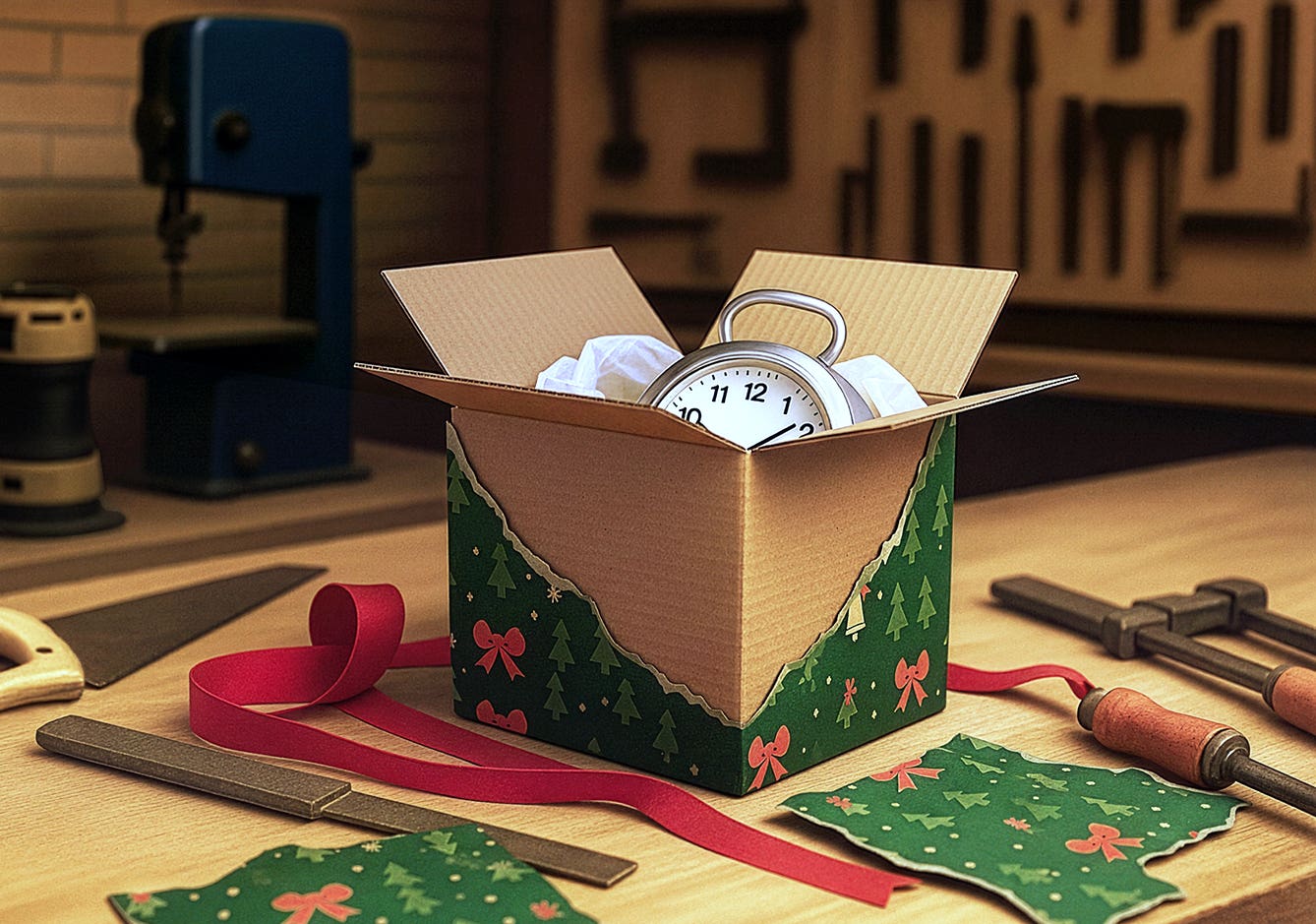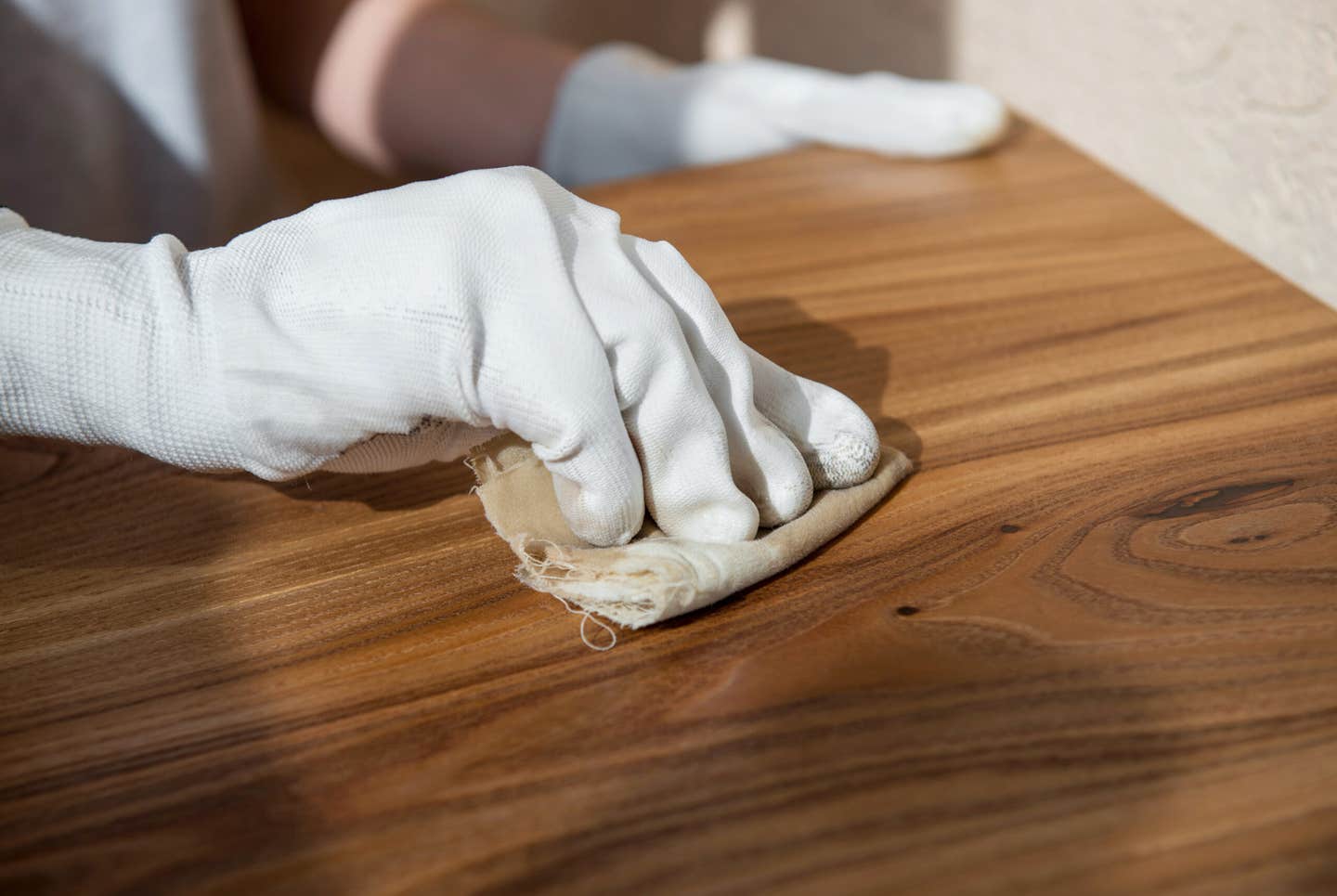Bleach can make your pieces brighter and lighter
Wood furniture gets refinished for a variety of reasons. The finish might be worn or damaged or the appearance is simply no longer pleasing to the customer. If the piece…
Wood furniture gets refinished for a variety of reasons. The finish might be worn or damaged or the appearance is simply no longer pleasing to the customer. If the piece needs more color, such as a darker color or a different sheen, that’s not much of a problem. But if the customer wants a lighter or brighter color that can’t be accomplished without removing, neutralizing or hiding the existing darker color, the job becomes a challenge.
Paint is the obvious fix, though it will obscure the grain, figure, depth and refractive qualities of the wood. There are alternatives, which I’ll begin to explain in the first of a two-part series. Part 2 will be published in next month’s issue.
Our goal is retain or even emphasize the translucent properties of certain woods, enhancing qualities we find attractive, such as depth, chatoyance or exotic figure.
Step one
The first step is to determine if the existing color is because of the natural color of the wood itself; coloring materials (stains, glazes, shading lacquer, etc.) and the clear coat; accumulations of grime, wax and other surface contaminants or changes in the wood and/or coating materials because of exposure to light or other environmental influences. Sometimes you’ll find that all of these play a part in the color you see.
Some woods, like cherry, will darken with exposure to light, especially strong ultraviolet light. Others, like red oak and maple, tend to lighten.
The dyes used in wood finishing will tend to lighten over time with exposure to light. While pigment stains, glazes and toners are typically much more stable than dyes, their light fastness, chemical- and heat-resistance can vary, so the perceived color could change over time. Binders used in pigment stains and glazes might also darken.
Most clear coats will have some color, generally from a pale yellow to deep amber and most will darken over time, accelerated by exposure to strong UV light. Some clear coatings, notably acrylic and butyrate, exhibit very little color shift, while some of the newer waterborne coatings are quite clear and less yellowing than oil-type varnishes or nitrocellulose lacquer.
In some coatings a shift toward yellow might be more pronounced where the surface is not heavily exposed to light, such as the interior of a cabinet. This can be a result of the resins or drying oils.
If the color to be removed is mostly in the coating materials, proper stripping will remove it. It might be difficult to remove dark grain filler, so scrubbing in the direction of the grain with a stiff brush may be necessary. In some cases it will be sufficient to remove just enough of the grain filler to allow an application of a lighter-colored filler or glaze to mask the original filler color.
If the color is in the wood, either naturally or by a dye that can’t be removed, two options remain.
Bleach applications
Bleaching is quite effective at altering the chemical makeup of organic pigments, which gives wood its natural color, but is less effective on inorganic pigments.
There are three bleaches that can be used on wooden objects: two-part wood bleach, chlorine bleach and oxalic acid. All should be treated with respect. Wear goggles and gloves, aprons, and in some cases, respiratory protection, and follow the product directions.
Chlorine bleach is used most often. It is found as household bleach (sodium hypochlorite) in diluted form (aqueous solution of 3 to 6 percent) or as a swimming pool or water treatment disinfectant at up to 16 percent. Weaker solutions might require several applications to achieve satisfactory results.
Calcium hypochlorite is sold in a granular form and dissolved in water for swimming-pool water maintenance. It is much stronger and faster working as a bleaching agent, but more dangerous and difficult to use.
Both of these chlorine compounds are very alkaline and powerful oxidizers. Mixing either with ammonia produces chlorine gas, a potentially fatal irritant.
Two-part wood bleach, also known as oxygen bleach, is more effective at neutralizing the natural color extractives in the wood. It consists of sodium hydroxide (A) and hydrogen peroxide (B).
There are two primary methods of using the two-part system:
Mix equal parts of A and B and brush a uniform coat of the mixture onto bare wood that’s been stripped and sanded. If the desired appearance is achieved, neutralize the bleach with a mixture of one-part white vinegar and two parts water. If the wood is too dark, apply a second application of the bleach mixture and neutralize. This process will result in significant grain raising.
Apply part A, which will bubble and darken the wood. Then apply part B, let dry and neutralize.
Oxalic acid is used primarily to remove black stains, resulting when woods high in tannic acid react with moisture and iron. Oxalic acid, usually supplied in powder form, is toxic and an irritant. Respiratory protection is needed when mixing it with water and when sanding the dried wood. It is neutralized by a liquid solution of a mild base, such as baking soda or Borax.
In next month’s column, I’ll cover bleach tone, a type of pigmented coating used to mask the original color. Several additional steps retain the woody look in a lighter color.
Greg Williams, formerly senior touchup and finishing instructor for Mohawk Finishing Products, is now a freelance instructor and consultant.
This article originally appeared in the December 2014 issue.







